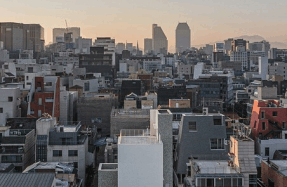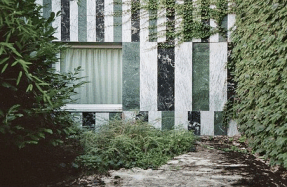AND DECORATION: GOOD TASTE IS THE FINAL REFUGE OF THE UNIMAGINATIVE

Revival of Pattern and Decoration
Thomas Lanigan-Schmidt said ‘Good taste is the final refuge of the unimaginative’. Style or decoration are pivotal to design choices made in the late 20th century, dividing critics into opposing camps ‘nicht versohnt’ (unreconciled) as the filmmakers Jean-Marie Straub and Danièle Huillet would have put it. Would pitting De Stijl vs. The Decorative abandon Piet Mondrian and Henri Matisse to different modern genealogies? Today, is the decorative still considered controversial? Can decoration still be thought of as a crime against modernism, if following Adolf Loos’ article which excludes ornament from a concept of modernity?
Recent approaches to the Modern, viewed from the perspectives of gender-fluidity and through other non-Cartesian glasses, have allowed the right people to account for the ‘shameful’ mid-1970s, when pattern and decoration took the lead in western art and design and commercial art fairs (such as Basel).

In 2007, the Hudson River Museum curated an exclusive survey of the Pattern and Decoration movement (P&D) exploring a utopian vision (2007) is perfectly acceptable to bring these works together according to an intelligent logic of comparison and lucid critical analysis, but it is not enough to present them in the cast of an album book. Since 2007, as it was not as commercially successful as anticipated, nothing further has proposed related to this material, which means that this attempt was relegated to the footnotes of recent revivalist activities. However, in 2018 and 2019 we witnessed four shows on this period emerge from European contexts: Ludwig Forum Aachen ‘Pattern and Decoration: Ornament as Promise’ (2018-2019); Musée d’Art Moderne et Contemporain (MAMCO) Geneva ‘Pattern, Decoration & Crime’ (2018-2019); Museum moderner Kunst Stiftung Ludwig Wien (mumok) ‘Pattern and Decoration: Ornament as Promise’ (2019); Le Consortium ‘Pattern, Crime & Decoration’ (2019). The Museum of Contemporary Art (MOCA) in Los Angeles is also planning a larger exhibition that will be open to the work of less recognizable artists and to those not normally considered under the umbrella of P&D.
You’re reading a preview, subscribe to read more.
Start your free 30 days





